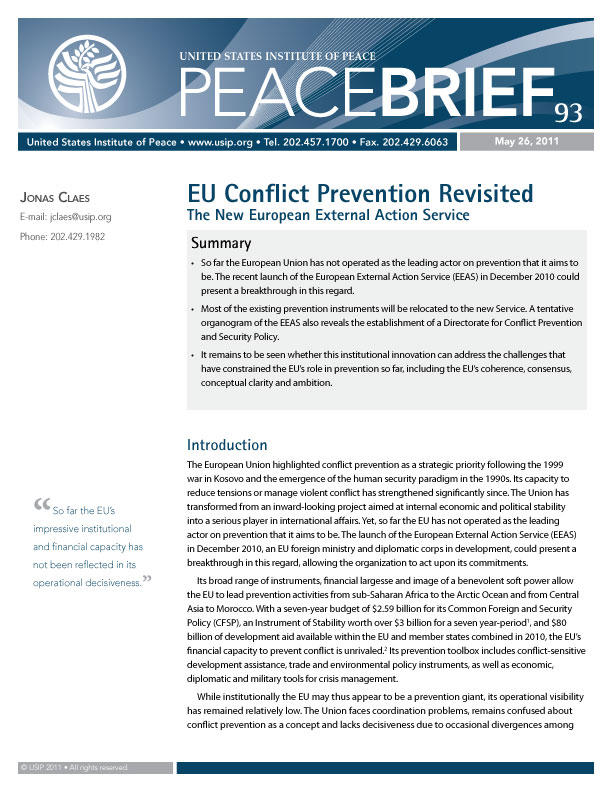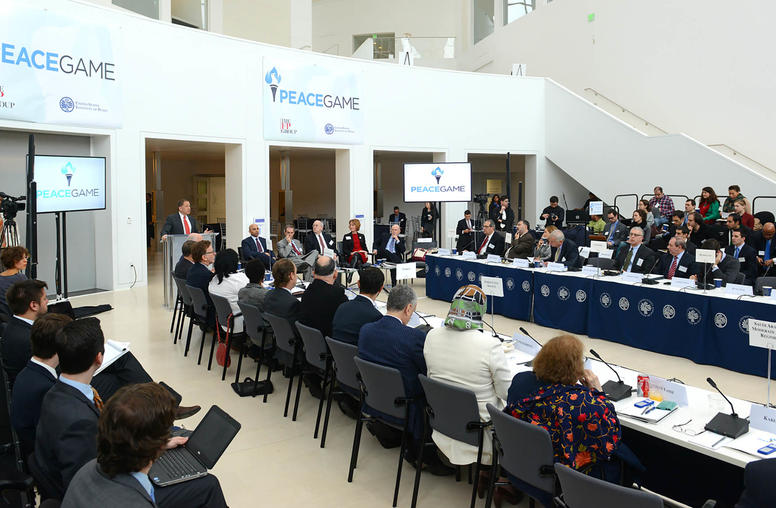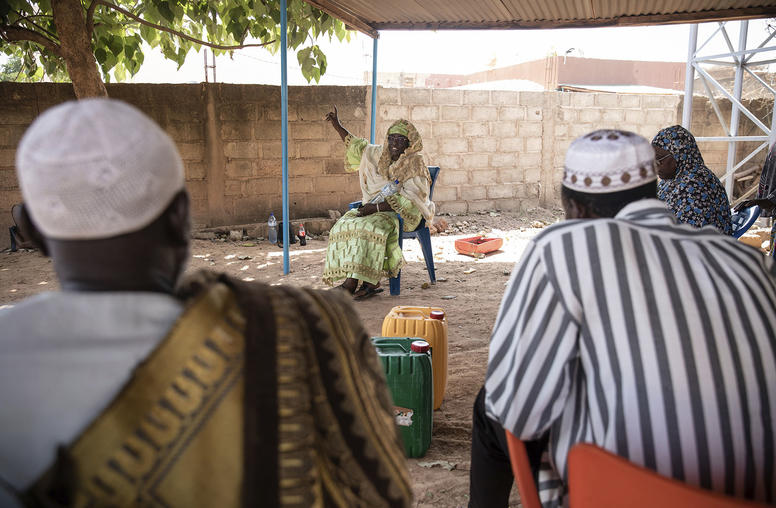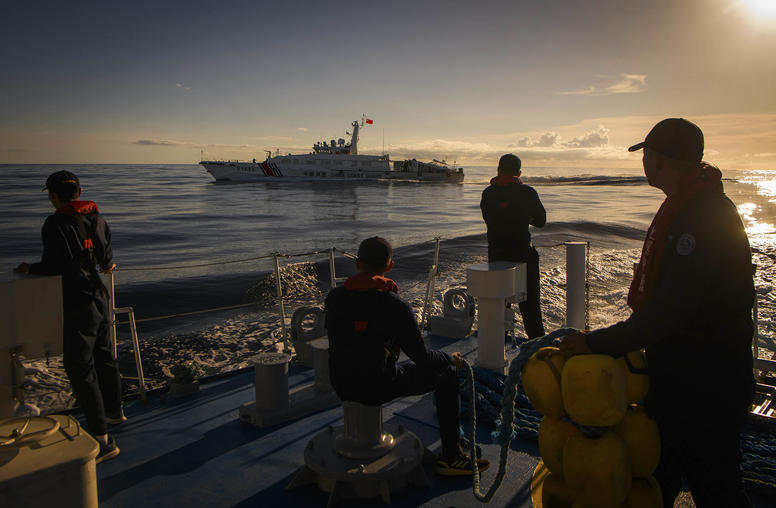EU Conflict Prevention Revisited
This Peace Brief follows a series of interviews conducted with senior EU officials in Brussels, and examines the anticipated impact of the new European External Action Service on EU prevention activities.

Summary
- So far the European Union has not operated as the leading actor on prevention that it aims to be. The recent launch of the European External Action Service (EEAS) in December 2010 could present a breakthrough in this regard.
- Most of the existing prevention instruments will be relocated to the new Service. A tentative organogram of the EEAS also reveals the establishment of a Directorate for Conflict Prevention and Security Policy.
- It remains to be seen whether this institutional innovation can address the challenges that have constrained the EU’s role in prevention so far, including the EU’s coherence, consensus, conceptual clarity and ambition.
About This Brief
Jonas Claes is a program officer in USIP’s Center for Conflict Management. This Peace Brief follows a series of interviews conducted with senior EU officials in Brussels, and examines the anticipated impact of the new European External Action Service on EU prevention activities.



